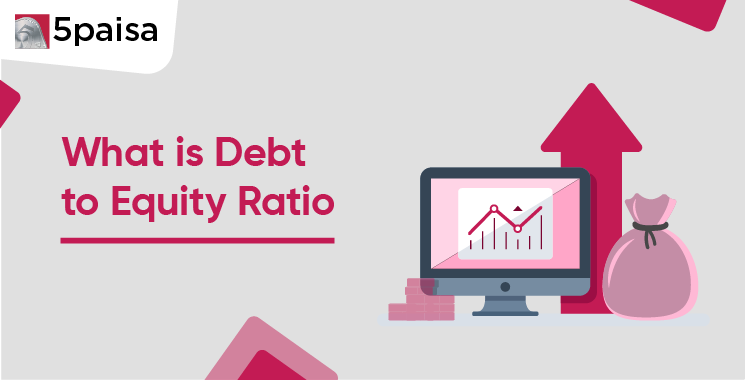Content
- What is Debt-to-Equity Ratio?
- Why is Debt-to-Equity Ratio Important?
- What is an Ideal Debt-to-Equity Ratio?
- High vs. Low Debt-to-Equity Ratio: Pros & Cons
- How Debt-to-Equity Ratio Affects Stock Market Investments?
- How Companies Can Improve the Debt-to-Equity Ratio?
- Debt-to-Equity Ratio vs. Other Financial Ratios
- Conclusion
For any investor or business owner, understanding financial ratios is important for making informed decisions. One of the most important financial metrics is the Debt-to-Equity Ratio (D/E Ratio). It measures a company’s financial leverage by comparing its total debt to shareholders' equity.
In simple terms, the debt-to-equity ratio shows how much debt a company has for every rupee of equity. A higher ratio means more debt, while a lower ratio indicates a financially stable company with lower reliance on borrowed funds.
This guide explains what the debt-to-equity ratio is, how it is calculated, its importance, ideal levels, and its impact on investments. Whether you are a stock market investor, business owner, or finance enthusiast, this article will help you understand how this ratio affects a company’s financial health.
More Articles to Explore
- Difference between NSDL and CDSL
- Lowest brokerage charges in India for online trading
- How to find your demat account number using PAN card
- What are bonus shares and how do they work?
- How to transfer shares from one demat account to another?
- What is BO ID?
- Open demat account without a PAN card - a complete guide
- What are DP charges?
- What is DP ID in a demat account
- How to transfer money from demat account to bank account
Disclaimer: Investment in securities market are subject to market risks, read all the related documents carefully before investing. For detailed disclaimer please Click here.
Frequently Asked Questions
A D/E ratio between 0.5 and 1.5 is generally considered good, but it depends on the industry
Not always. It can indicate aggressive expansion, but too much debt increases financial risk.
Yes, some companies run entirely on equity, but they may miss out on growth opportunities.
Investors prefer companies with manageable debt. A very high D/E ratio may lead to stock price volatility.
You can check the D/E ratio in a company’s financial statements or stock market websites like NSE and BSE.



